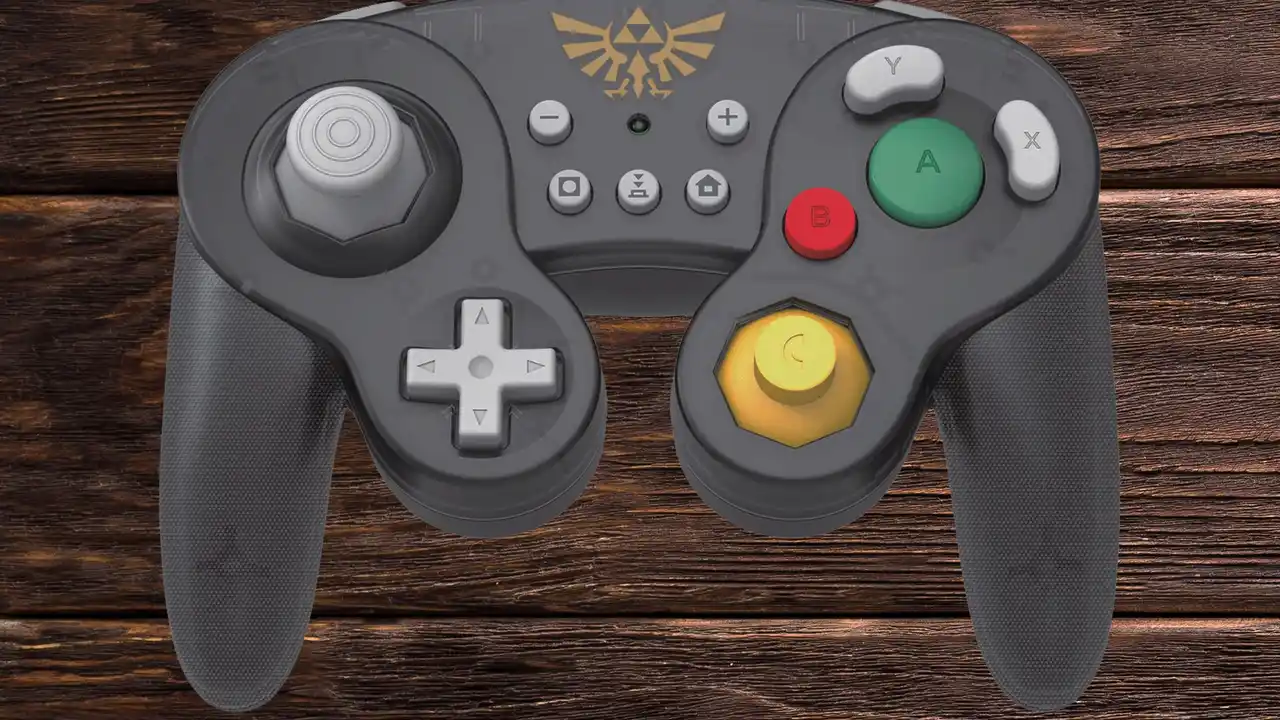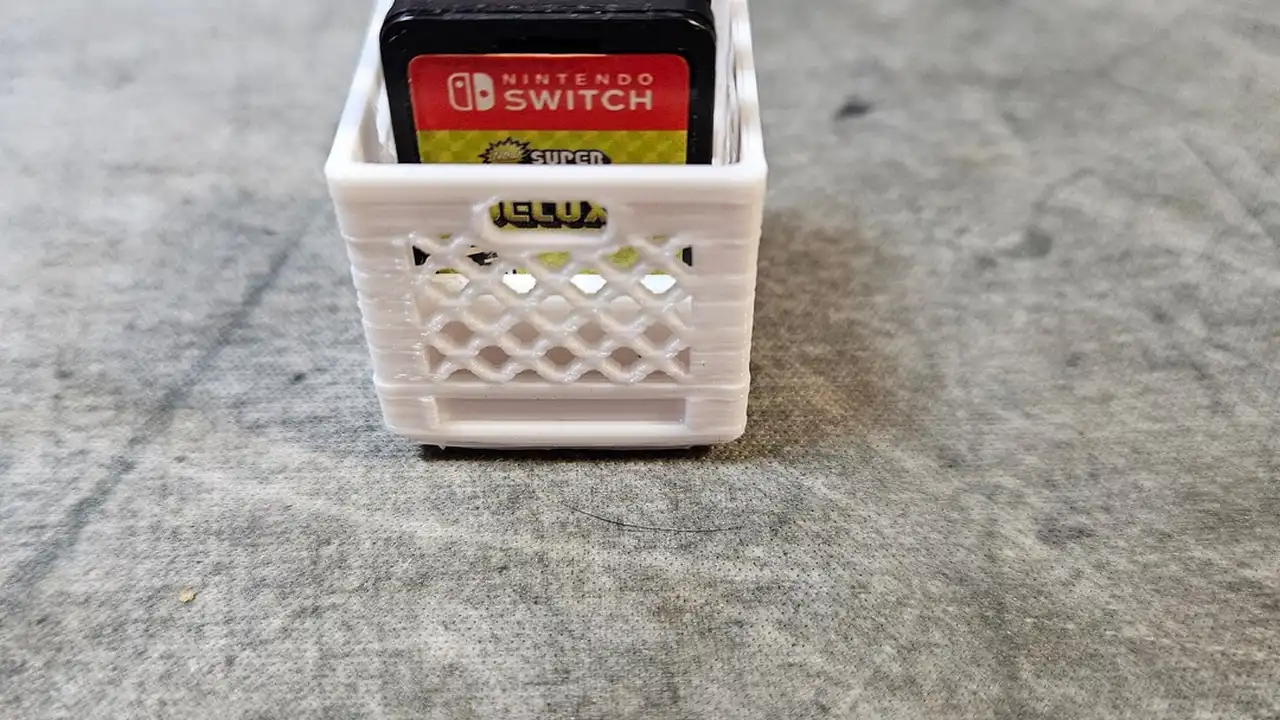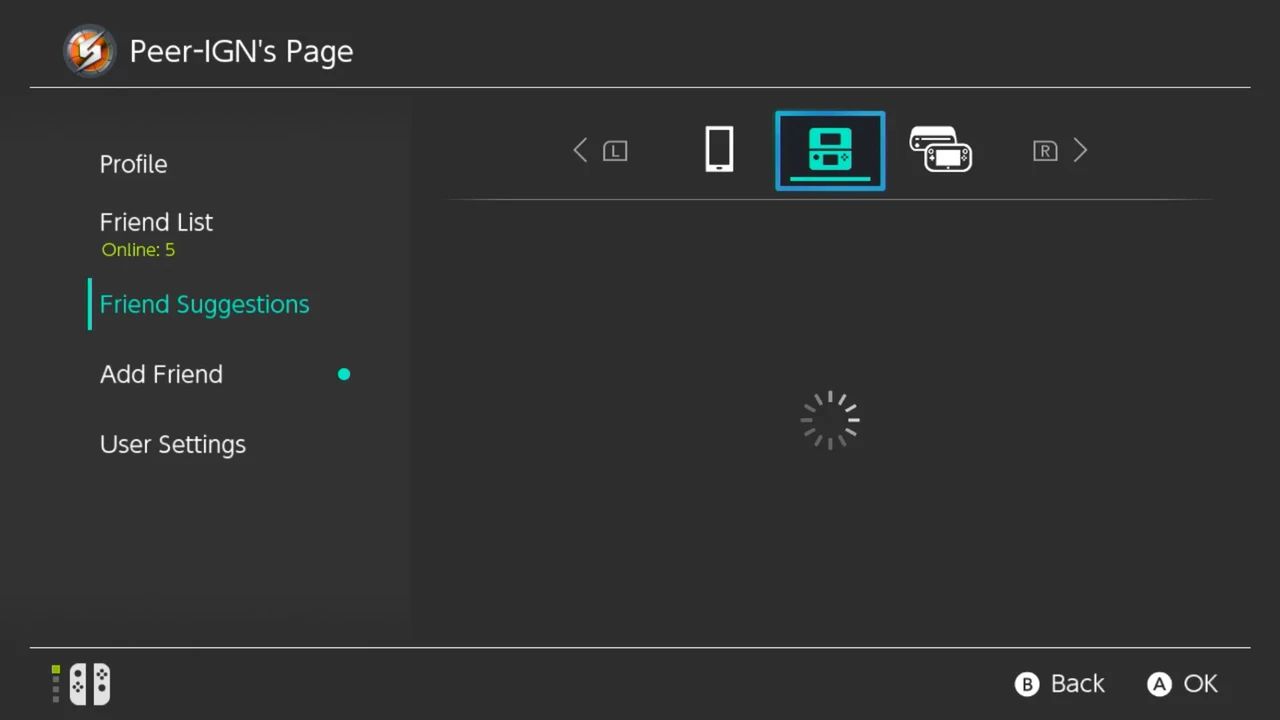Nintendo Switch 2 VR Headset Options
Investigating potential VR headset accessories for the Nintendo Switch 2.

Investigating potential VR headset accessories for the Nintendo Switch 2.
Nintendo Switch 2 VR Headset Options Exploring Immersive Gaming
Hey there, fellow gamers! The buzz around the Nintendo Switch 2 is getting louder, and one of the most exciting whispers is about its potential foray into virtual reality. While Nintendo has dabbled with VR before (remember Labo VR?), the idea of a more robust, dedicated VR experience on the Switch 2 is truly captivating. Let's dive deep into what VR headset options might be available, what scenarios they'd be perfect for, and even compare some potential products and their price points.
The Promise of Nintendo Switch 2 VR What to Expect
So, why VR on the Switch 2? The original Switch, while innovative, simply didn't have the graphical horsepower or the dedicated hardware to deliver a truly compelling VR experience beyond the novelty of Labo. The Switch 2, however, is rumored to be significantly more powerful, potentially opening the door to more immersive and visually rich VR. We're talking about experiences that go beyond simple 360-degree videos and into interactive, engaging virtual worlds.
Potential VR Scenarios and Use Cases for Nintendo Switch 2
Imagine playing your favorite Nintendo titles in a whole new way. Here are some exciting use cases for VR on the Nintendo Switch 2:
- Immersive Adventure Games: Think about exploring Hyrule in The Legend of Zelda: Tears of the Kingdom from a first-person VR perspective. The scale, the detail, the sense of being truly there would be incredible. Or perhaps a new Metroid Prime game built from the ground up for VR, offering unparalleled atmospheric exploration.
- Casual and Party Games: Nintendo excels at social gaming. Imagine VR mini-games where you're physically interacting with virtual objects, or party games that get everyone moving and laughing in a shared virtual space. Think Wii Sports meets VR.
- Educational and Creative Experiences: Just like Labo VR, the Switch 2 could leverage VR for educational purposes, allowing users to explore historical sites, learn about science in interactive simulations, or even create their own virtual worlds.
- Enhanced Media Consumption: While not strictly gaming, a VR headset could turn your Switch 2 into a portable cinema, allowing you to watch movies and shows on a giant virtual screen, perfect for travel or a quiet night in.
- Fitness and Movement Games: VR is already a big hit in the fitness world. Imagine new Ring Fit Adventure-style games that utilize VR for more engaging workouts, tracking your movements in a virtual gym or fantastical landscape.
Types of VR Headsets for Nintendo Switch 2 Potential Products and Comparisons
Given Nintendo's history, we're unlikely to see a super high-end, PC-tethered VR headset. Instead, we'll probably see solutions that prioritize accessibility, affordability, and ease of use. Here are a few potential types of VR headsets and some hypothetical product comparisons:
1. The Official Nintendo Switch 2 VR Headset The First Party Option
If Nintendo does release a dedicated VR headset, it would likely be a first-party accessory, similar to the Labo VR Kit but significantly more advanced. This would ensure seamless integration with the Switch 2 hardware and software.
Hypothetical Product: Nintendo Switch 2 VR Goggles
- Description: A lightweight, comfortable headset designed specifically for the Switch 2. It would likely use the Switch 2's screen as its display, similar to how the Labo VR worked, but with improved lenses and potentially a higher resolution screen on the Switch 2 itself. It might include integrated motion tracking or leverage the Joy-Cons for tracking.
- Key Features:
- Optimized for Switch 2 performance.
- Easy plug-and-play setup.
- Potentially uses existing Joy-Cons for motion control.
- Designed for comfort during extended play.
- Pros: Guaranteed compatibility, potentially exclusive VR experiences, strong Nintendo branding.
- Cons: Might be less powerful than dedicated VR systems, potentially limited game library initially.
- Estimated Price: $100 - $200 USD. This price point would make it an accessible add-on for many Switch 2 owners, aligning with Nintendo's family-friendly approach.
- Ideal Use Case: Casual VR gaming, immersive story-driven adventures, educational experiences, and family fun.
2. Third-Party VR Adapters and Shells The Affordable Entry
Similar to how many third-party accessories exist for the current Switch, we might see companies develop simple VR shells or adapters that the Switch 2 slides into. These would be more basic, relying entirely on the Switch 2's internal hardware for processing and display.
Hypothetical Product: VR Play Shell for Switch 2 by Hori
- Description: A durable plastic shell with built-in lenses that transforms your Switch 2 into a basic VR viewer. It would be a more robust version of the Google Cardboard concept, but tailored for the Switch 2's form factor.
- Key Features:
- Affordable entry into VR.
- Lightweight and portable.
- Uses the Switch 2's screen and processing power.
- Pros: Very low cost, easy to use, good for trying out VR without a big investment.
- Cons: Limited immersion, no dedicated motion tracking beyond the Joy-Cons, potentially less comfortable.
- Estimated Price: $30 - $70 USD. This would be a budget-friendly option for those curious about VR.
- Ideal Use Case: Watching 360-degree videos, simple VR mini-games, and as a low-cost introduction to VR.
3. Hybrid VR Solutions Bridging the Gap
This is where things get interesting. Could we see a hybrid solution that offers more than a simple shell but isn't a full-blown standalone VR headset? Perhaps a headset that connects to the Switch 2 via USB-C and has its own basic tracking, offloading some processing to the console.
Hypothetical Product: Immersion Link VR for Switch 2 by PDP
- Description: A more advanced headset that connects to the Switch 2 via a high-speed USB-C cable. It might feature its own basic head tracking sensors and potentially even a slightly higher resolution display than the Switch 2's native screen, with the Switch 2 acting as the primary processing unit.
- Key Features:
- Improved head tracking for smoother experiences.
- Potentially better optics than simple shells.
- Still leverages the Switch 2's power.
- More comfortable design for longer sessions.
- Pros: Better immersion than basic shells, more affordable than standalone VR, still portable.
- Cons: Requires a wired connection, might not offer full 6DoF (six degrees of freedom) tracking, still dependent on Switch 2's processing limits.
- Estimated Price: $150 - $300 USD. This would be a mid-range option for those seeking a more enhanced VR experience without breaking the bank.
- Ideal Use Case: More complex VR games, interactive simulations, and users who want a step up from basic VR.
Comparing Potential VR Headset Options for Nintendo Switch 2
Let's put these hypothetical options side-by-side to see how they stack up:
| Feature | Nintendo Switch 2 VR Goggles (First-Party) | VR Play Shell for Switch 2 (Third-Party Basic) | Immersion Link VR for Switch 2 (Third-Party Hybrid) |
|---|---|---|---|
| Price Range (USD) | $100 - $200 | $30 - $70 | $150 - $300 |
| Display Source | Switch 2 Screen | Switch 2 Screen | Potentially dedicated display or enhanced Switch 2 passthrough |
| Tracking | Joy-Con based, potentially integrated head tracking | Joy-Con based | Integrated head tracking, Joy-Con based for hands |
| Comfort | High, designed for extended use | Basic, can be less comfortable | Good, designed for longer sessions |
| Immersion Level | Good, optimized for Switch 2 | Basic, novelty VR | Enhanced, more engaging |
| Connectivity | Directly attaches to Switch 2 | Switch 2 slides in | USB-C wired connection |
| Game Support | Optimized first-party and third-party VR titles | Basic VR experiences, 360 videos | More complex VR games, potentially some PC VR ports |
The Future of VR on Nintendo Switch 2 Considerations and Hopes
While the idea of robust VR on the Switch 2 is exciting, there are still some hurdles. Motion sickness is a real concern for many VR users, and Nintendo would need to implement features to mitigate this. The resolution and refresh rate of the Switch 2's screen would also play a crucial role in the quality of the VR experience. Higher resolution means less 'screen door effect,' and higher refresh rates reduce motion blur and discomfort.
Key Factors for Successful Nintendo Switch 2 VR
- Developer Support: Without compelling VR games, even the best hardware won't succeed. Nintendo would need to encourage both first-party and third-party developers to create engaging VR content.
- Accessibility: Keeping the price point reasonable and the setup simple will be key to Nintendo's target audience.
- Comfort: A lightweight and comfortable headset is essential for enjoyable VR sessions, especially for younger players.
- Safety: Clear guidelines and features to prevent motion sickness and ensure safe play are paramount.
Ultimately, the Nintendo Switch 2 has the potential to bring VR to a much wider audience, especially if Nintendo approaches it with their signature blend of innovation and accessibility. Whether it's a simple add-on or a more integrated solution, the prospect of stepping into our favorite Nintendo worlds in virtual reality is something truly worth looking forward to. Keep an eye out for official announcements, because the future of gaming on the Switch 2 might just be more immersive than we ever imagined!
:max_bytes(150000):strip_icc()/277019-baked-pork-chops-with-cream-of-mushroom-soup-DDMFS-beauty-4x3-BG-7505-5762b731cf30447d9cbbbbbf387beafa.jpg)






